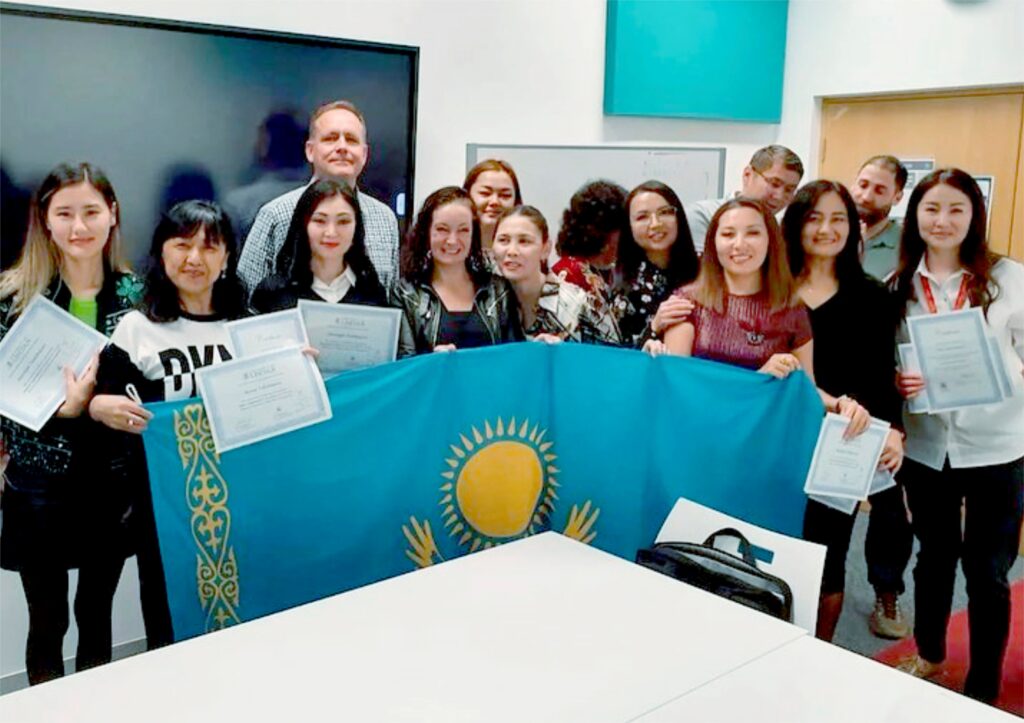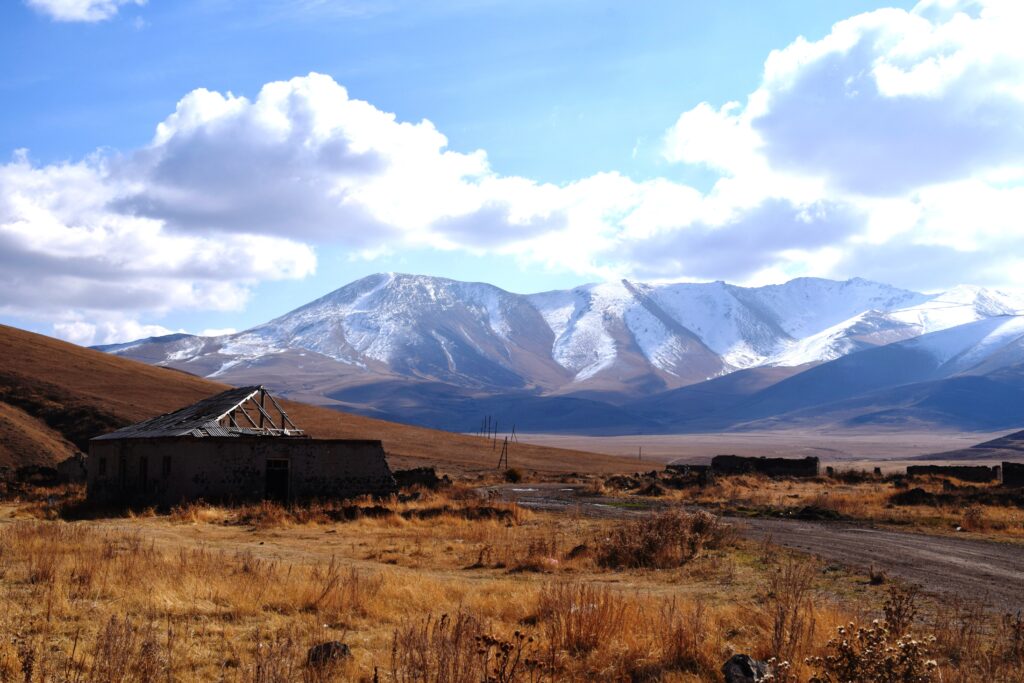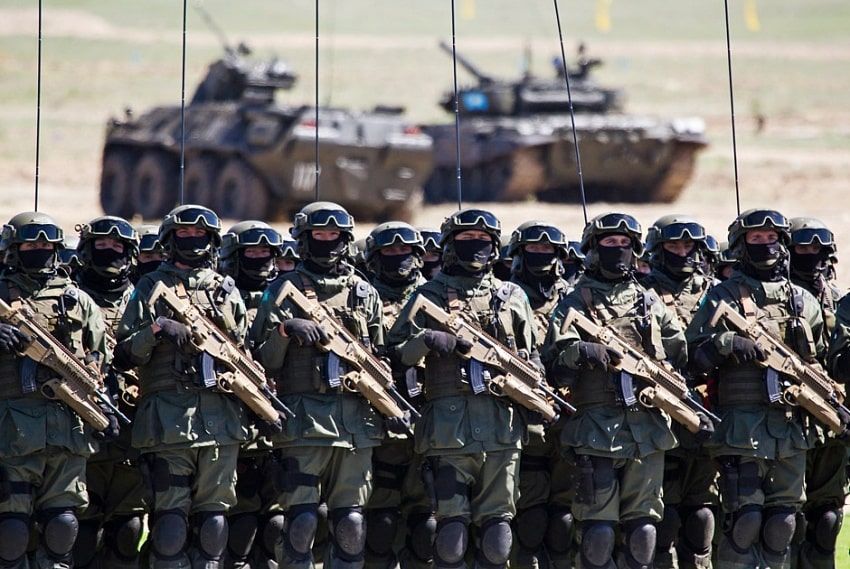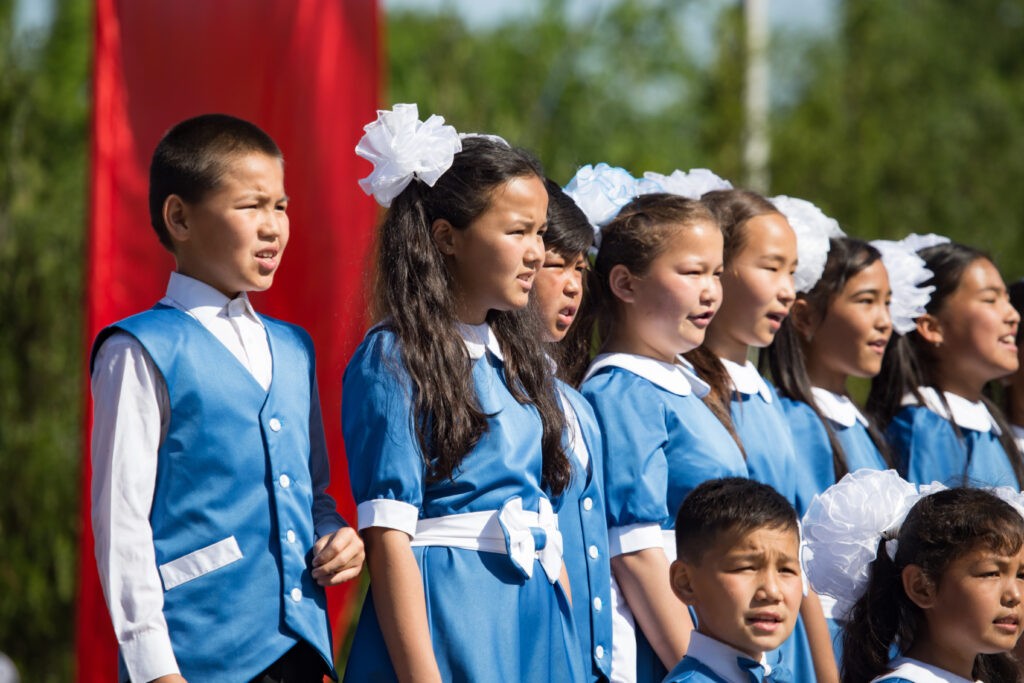Kazakhstan’s Bolashak Program: More Trouble Than It’s Worth?
In 1993, Nursultan Nazarbayev, the first president of Kazakhstan, established the Bolashak ('Future' in Kazakh) International Scholarship. Its goal was to help gifted Kazakhstani youth obtain a high-quality foreign education. However, the program is currently mired in scandals with alarming regularity. Of course, most of these clickbait stories are minor — such as a 2022 incident with the famous singer Dimash Qudaibergen. He was selected for the Bolashak Program and went abroad before changing his mind. He tried to transfer the scholarship to someone else but was forced to return the money to the state. Still, several cases indicate that behind the scenes at the Center for International Programs, which administers the scholarship, something is not right. So far, no one has intervened – the program is still running – but the latest scandal could attract the attention of Kazakhstan's president Kassym-Jomart Tokayev. And he has already expressed dissatisfaction with some of the conditions of the scholarship. Getting the president’s attention Let’s unpack the current scandal, which has to be extinguished by a senior official such as the minister of education and science. Kazakhstani Natalya Vorobyova recorded a video message to Tokayev, saying that in 2016, she and her colleague Makpal Daribaeva acted as debt guarantors for her former colleague Valeria Gavrilenko, who had completed the Bolashak Program. According to Vorobyova, Gavrilenko “in 2019, conspiring with the center’s employees… illegally withdrew two apartments [that had been pledged to the center] as collateral and went off to live in the UK.” Now, her debt – graduates of the program are required to work in Kazakhstani government agencies for 3-5 years (depending on the region) – has to be repaid by the guarantors, i.e., by Vorobyova and Daribaeva. They owe about KZT30 million ($60,000). The press service of the Center for International Programs explained that since Gavrilenko evaded paying off the debt, the agreement transferred it to the guarantors. Just days later, on May 30, Sayasat Nurbek, who heads Kazakhstan’s Ministry of Education and Science, intervened, saying that an agreement had been reached with Gavrilenko whereby she would pay off her debt, with a corresponding agreement already signed by her. “Since Gavrilenko took it upon herself to fully return the money, an agreement was signed with her, and she has begun to pay back the money. Accordingly, the claims against the guarantors are withdrawn. Nevertheless, we were forced to initiate a case against all three obligation-bearers. We were forced to do this because they are jointly liable under the law. If Gavrilenko pays the full amount, the claims against the guarantors will be dropped. Unfortunately, they seem to have been advised incorrectly. They felt threatened that they would be forced to pay full damages. Today, we are concentrating all claims on Gavrilenko,” Nurbek said in the Senate as he was answering questions from journalists. As for the third party in this scandal – which, according to the minister, is also responsible – it is the former president of the Center for International...






